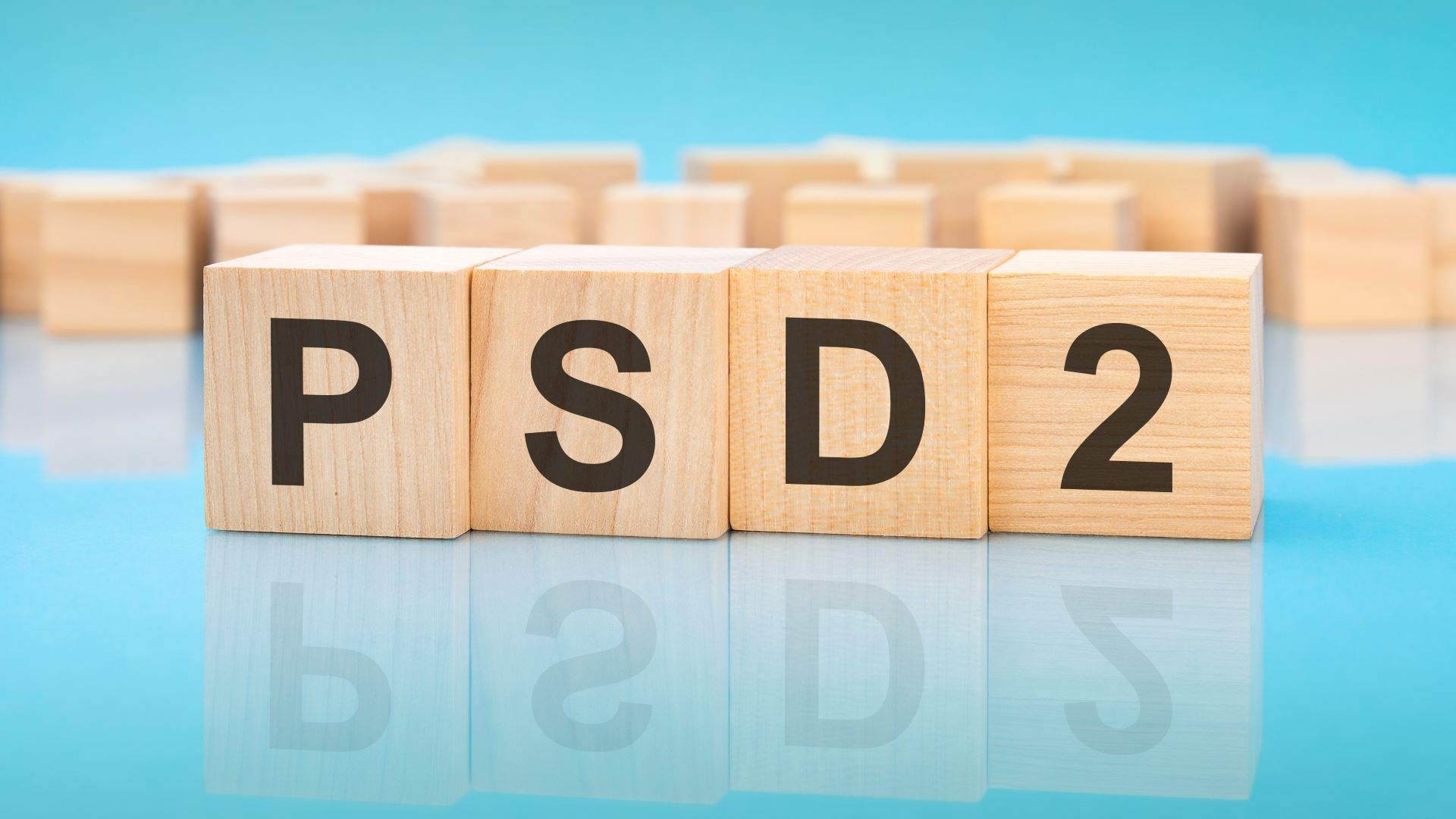We use cookies.
Formpipe uses cookies to improve how the website works for you as a visitor. To change your settings or for more information about cookies, click on 'Settings'.
Cookie Settings.
Formpipe uses cookies to improve how the website works for you as a visitor. Here you can change and see information about what cookies are used. Turn on and off categories and save your choice. To learn more click 'Cookie policy'.
Necessary cookies
These cookies are essential for the website to operate correctly and cannot be disabled without ruining the usability of the website. We delete these cookies when you leave the website, where possible.
| Name | Retention period | Information about the cookie | Disclosure of information to third party |
| ASP.NET_SessionId | Used to maintain an anonymised user session by the server. | 1 session | No. |
| cookie-consent-settings | Used to determine if the user has accepted the cookie consent, contains consent choises | 30 days | No. |
| lidc | To promote data center selection | 1 day | Yes, LinkedIn |
| li_mc | Used as a temporary cache to avoid database lookups for a member's consent for use of non-essential cookies and used for having consent information on the client side to enforce consent on the client side | 2 years | Yes, LinkedIn |
| BIGipServer~EPWS~EPWSWEB103_HTTP_Pool | Determine pool | 1 session | Yes, EPiServer |
Statistics, anonymous data collection
These cookies are used to track our visitors across our website. They can be used to build up a profile of search and/or browsing history for every visitor, or to better understand how the user uses the website so that we can improve it. Identifiable or unique data may be collected. Anonymized data may be shared with third parties.
| Name | Information about the cookie | Retention period | Disclosure of information to third party |
| _fbp | Used by Facebook | 90 days | Yes, Facebook |
| AnalyticsSyncHistory | Used by LinkedIn | 30 days | Yes, LinkedIn |
| bcookie | browser identification | 2 years | Yes, LinkedIn |
| lang | Language preference | 1 session | Yes, LinkedIn |
| li_gc | Used to store guests' consent to the use of cookies for non-essential purposes | 2 Years | Yes, linkedIn |
| lms_analytics | Used to identify LinkedIn Members in the Designated Countries for analytics | 30 days | Yes, LinkedIn |
| _guid | Used to identify a LinkedIn Member for advertising through Google Ads | 30 days | Yes, LinkedIn |
| _ga | Used by Google Analytics to identify a visit. | 2 years | Yes, Google gains access to the information collected by the cookie. |
| _gid | Used by Google Analytics to identify a visit. | 24 hours | Yes, Google gains access to the information collected by the cookie. |
| _gat_gtag_[Property-ID] | Used by Google Analytics to identify if a visitor (web browser) is new or recurrent. | 1 minute | Yes, Google gains access to the information collected by the cookie. |
Marketing, targeted advertisement
These cookies are used by third party to track and collect data to be used in advertisment. They can be used to build up a search and/or browsing history for every visitor. Identifiable or unique data may be collected.
| Name | Information about the cookie | Retention period | Disclosure of information to third party |
| ajn | Used by adnxs for marketing | 90 days | Yes, adnxs |
| uuid2 | Used by adnxs for marketing | 90 days | Yes, adnxs |
| IDE | Used by Google doubelclick | 2 years | Yes, doubleclick |
| _gcl_au | Google adsense | 30 days | Yes, Google |
| msd365mkttr | Dynamics marketing | 2 years | Yes, Microsoft |
| NID | Google ads optimization | 6 months | Yes, Google |
| __Secure-3PAPISID | Builds a profile of website visitor interests | 2 years | Yes, Google |
| __Secure-3PAPISID | Builds a profile of website visitor interests | 2 years | Yes, Google |
| __Secure-3PAPISID | Builds a profile of website visitor interests | 1 year | Yes, Google |
| UserMatchHistory | Sync LinkedIn Ads ID | 30 days | Yes, LinkedIn |
| lms_ads | Used to identify LinkedIn Members off LinkedIn in the Designated Countries for advertising | 30 days | Yes, LinkedIn |
We would love to talk to you. Give us a call, visit us or just send an email.
Support
Whether you're looking for some
assistance or further information
regarding your solution, we're here
to help. Yes, take me there!
Sweden
Headquarters, Stockholm
Formpipe Software AB
Sveavägen 168, Stockholm
Box 231 31, 104 35 Stockholm
SE – Sverige
Tel: +46 8 555 290 60
Email
Linköping
Gasverksgränd 2, 582 22 Linköping
Tel: +46 8 500 072 25
Email
Västerås
Metallverksgatan 6, 721 30 Västerås
Örebro
Engelbrektsgatan 6, 702 12 Örebro
Denmark
Lautrupvang 1
2750 Ballerup
Tel: +45 3325 6555
Email
Germany
Formpipe Lasernet GmbH
THE SQUAIRE 12
Am Flughafen
60549 Frankfurt am Main
Email
UK, Cambridge
First Floor, Block A, Harston Mill,
Cambridge – CB22 7GG
Tel: +44 1223 872747
Email
UK, Nottingham
Unit 1, Isaac Newton Centre
Nottingham Science Park
Nottingham – NG7 2RH
Tel: +44 115 924 8475
Email
USA
Formpipe, inc.
1200 US Highway 22 E Suite 2000
Bridgewater, NJ 08807
Tel : +1 908 200 7937
Email
What PSD3 Means for Banks

What the Payment Services Directive (PSD3) Updates Mean for Banks
The European Commission announced sweeping changes to the Payment Services Directive (PSD), which governs payment services regulations in the European Economic Area (EEA). Their proposal for the third iteration of the PSD (known as PSD3) is expected to come into effect in 2025.
The PSD was first implemented in 2007 to ensure that payment service providers could compete with traditional banks. Building on that foundation, in 2013, the legislation underwent amendments that focused on fostering innovation and competition in the payments sector. These revised regulations, commonly referred to as PSD2, officially came into force in 2018 and represent the latest iteration of the Payment Services Directive.
As a leading provider of output and document management solutions for core banking platforms, we aim to make PSD2 compliance seamless, so brands can improve customer service and reduce document management costs.
This article will outline how the PSD3 update may impact core banking providers' output and document management processes.
PSD2 transformed the open banking industry
The second Payment Services Directive (PSD2) was a significant piece of legislation that completely transformed how payments are conducted across the EEA. For instance, it enabled third-party providers (TPPs) to make payments on their customers' behalf and access their account data.
As a result, innovations in the payments sector skyrocketed. TPPs had more freedom to create unique solutions – such as peer-to-peer payment solutions and budgeting tools – giving consumers more control of their funds.

With that said, PSD2 has a number of limitations, including:
Lack of transparency around data sharing
Under PSD2 regulations, banks are not required to obtain customer permission before providing TPPs access to customer account details via APIs. This means a provider could share a customer's data with third parties without their knowledge or consent.
From an output and document generation perspective, open banking platforms currently face many challenges in developing effective consent management protocols that protect customer privacy while simultaneously promoting innovation in the open banking industry as a whole.
Authentication exemptions erode consumer confidence in open banking
The PSD2 imposes Strong Customer Authentication (SCA) protocols (such as two-factor authentication) for high-value transactions. A report from the European Commission found that companies deploying SCA can reduce fraud risk by 70-80%.
However, there are a number of exemptions that are also applicable. For instance, PSD2 stipulates that SCA processes are not compulsory for low-value remote transactions (under €30), as well as payments to trusted beneficiaries and recurring payments.
Open banking platforms can leverage these exemptions to help them streamline their customer journey and enhance UX. However, from a consumer's perspective, many people may be discouraged from using open banking services if they believe their data is at risk. Therefore, platforms may find it challenging to strike the right balance between securing systems and enhancing usability of their services.
How PSD3 aims to address the limitations of PSD2
PSD3 is still under review, so further amendments may be made before it's enacted in 2025. However, it's hoped PSD3 will address some of the limitations of PSD2, including:
- The standardisation of open banking APIs: PSD3 will mandate technical standards that will make it easier for core banking platform providers to integrate services and create a transparent and compliant audit trail. These measures will clear up the uncertainties surrounding third-party data sharing and reduce the risk of system errors and fraud.
- Implementing SCA for all transactions: SCA protocols will be strengthened and adapted to the users' needs. This will help bolster consumer trust within the payments sector and encourage more competitiveness between traditional banks and open banking platforms.
Subsequently, core banking platform providers may face a spike in demand when the new regulations come into force. This means they will need a scalable and reliable document generation solution that can be tailored to meet their customers' specific demands.

Formpipe: Developing trusted solutions for the open banking industry
Formpipe can become an invaluable part of any core banking ecosystem. We provide end-to-end SaaS output and document management capabilities for core banking platforms, to help deliver a best-of-breed solution.
For example, Lasernet helps banks compose, generate and deliver high volume customer-facing documents, in real-time, across multiple channels. It can automatically tailor communications to take account of language, currency, account or product specific information, based on customer metadata or user preference.
Autoform DM provides a powerful and flexible customer-centric document archive to perfectly compliment Lasernet. It automatically indexes and stores all of your communications, providing fast and secure retrieval via our flexible API integrations straight into your UI. These solutions combined empower banks to scale their services effortlessly across an ever-growing customer base.
How Formpipe can help ready core banking platforms for PSD3
At Formpipe, we have built our reputation as an industry-leading provider of output and document management solutions through our dedicated team of experts.
We've worked closely with banks in every vertical as well as core banking platform providers, helping them to develop a robust compliance roadmap that can adapt as the needs of the industry evolve.
Our solutions automate the entire document lifecycle, while providing a secure and transparent audit trail. As a result, we make it easier for our customers to deliver outstanding services and boost consumer trust in this rapidly-growing sector.
To find out more about our Output & Document Management Solutions for Core Banking Platforms, click here or book a demo below.




